THOMAS THIELEMANS – Brussels
WOUTER ELSEN (PHOTO) – Ouagadougou
While the world frets over the spread of violent extremism through the Middle East and the Gulf, there is a tendency to turn a blind eye to the menace of ongoing violence in more remote regions such as the Sahel or Lake Chad Basin. In Africa, the January 2016 Burkina Faso terror attack has come to symbolise the “new front” in Islamist militancy. Undoubtedly, the threat of violent extremism is rising on the continent, and not just on its Mediterranean coastline.
The influence of al Qaeda and similar movements has ebbed and flowed over the past two decades. But never has it looked as dangerous and forthcoming as today. Their impact, in terms of violence, of human dislocation, and of undermining the basic foundations of the state is severe and growing, as is their capacity to project violence from long-range, and in turn provoke dramatic response.
The Burkina Faso attack, claimed by militants of al Qaeda in the Islamic Maghreb (AQIM) and al Mourabitoune, an AQIM splinter group led by the infamous Mokhtar Belmokhtar, was at least the fifth time in recent weeks that armed militants had ambushed unprotected civilians in cities across three continents, hitting sites in Istanbul, Jakarta, Egypt, and Iraq with deadly assaults that underlined the vulnerabilities of soft targets that are difficult to defend.
Islamic State (IS) has consolidated its control over a large swath of Iraq and Syria, attracting tens of thousands of foreigners, establishing footholds in neighbouring states and perpetrating terrorist attacks across the Middle East and beyond. Since the group emerged on the scene in Syria in 2013, long before they reached Mosul in Iraq, the jihadis saw oil as a crutch for their vision for an Islamic state. Estimates by local traders and engineers put crude production in IS-held territory at about 34,000 – 40,000 bpd.[1]
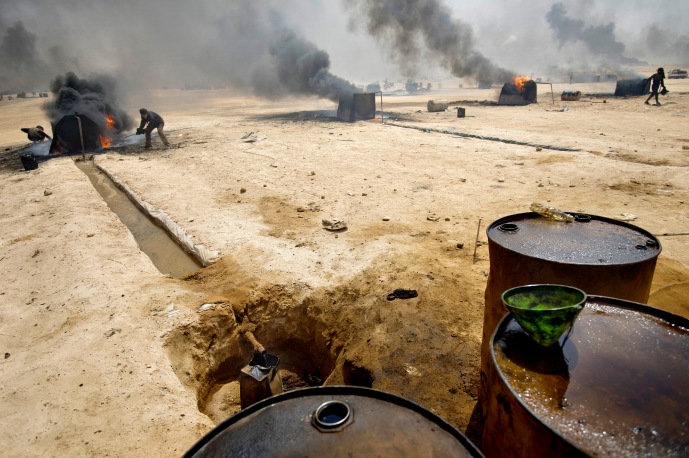
However, aerial assaults by the American-led coalition on IS’s Raqqa headquarters in Syria and other strongholds have taken their toll. Last autumn, Russia and Britain joined in. On the ground, IS lost the key Iraqi city of Ramadi after the Iraqi army and Kurdish peshmerga retook the city in a series of offensives late 2015.
Al Qaeda affiliates in Somalia, Syria and Yemen have grown more potent, controlling territory and deepening ties to the local communities. Both al Qaeda in the Arabian Peninsula (AQAP) and IS emerged in Yemeni regions where they had not previously been present before Saudi Arabia entered the conflict and a Saudi-led coalition began bombing the Huthis in March 2015.
Meanwhile, further east in the Horn of Africa, Harakat al-Shabaab al-Mujahideen militants claimed to have killed more than sixty Kenyan soldiers this month in an assault on an African Union (AU) base in remote western Somalia. The assault, confirmed by Kenya’s president Uhuru Kenyatta, came a day after Somali political leaders gathered to plan a road map for parliamentary and presidential elections due later this year. Somalia-based al-Shabaab has increasingly turned its attention to Kenyan targets as it has lost ground in its native Somalia.[2]
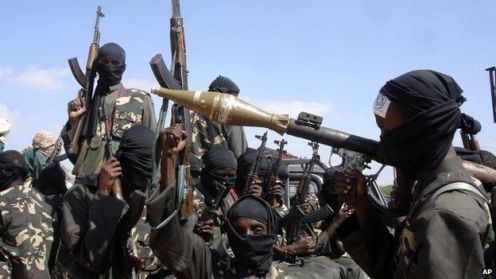
While Boko Haram (BK) attacks may have decreased somewhat in Niger, the Islamist insurgency seem to remain able to target both civilians and soldiers. In neighbouring Nigeria, military command repeatedly state they have diminished the BK threat, preventing the insurgents to launch attacks and seize territory. According to the US Council on Foreign Relations, Boko Haram insurgency in Nigeria has killed around 27,000 people in the past six years.
On 12 and 13 December 2015, Nigerian government troops clashed with a relatively new organisation: Islamic Movement of Nigeria (IMN). Their battle in the city of Zaria, in north central Kaduna state, reportedly killed more than one hundred people, including some senior movement members, and threatened wider violence.[3]
Late January 2016, at least eighty people were killed after fighters from the Islamist group razed the village of Dalori in the northern Nigeria, shooting people and setting fire to homes. The attack took place on Saturday in the village of Dalori, near the northern city of Maiduguri, the birthplace of BK.
While the peace process in Mali has made some progress, violent extremism and inter-communal conflict remain serious threats, as the multiplication of attacks on armed groups and Malian security forces (FAMA) has shown.
Northern Mali fell under control of al Qaeda-linked separatist groups in March-April 2012, which were driven out by a French-led operation in January 2013. A peace process and a deal in June 2015 has stumbled from the beginning, and agreements on ceasefires have been repeatedly broken.[4]
Against this background, some questions need to be answered. How has West Africa, and particularly, Burkina Faso, evolved in the context of the global counter-terror agenda? Is a wave of radicalisation sweeping through the region?
Burkina Faso: The end of the ‘exception burkinabè’?
Despite some political upheaval, Burkina Faso has never experienced mass violence or civil war until mid-Jan 2016, when the poor, landlocked western African nation saw the worst terrorist attack in its history. On 15 January 2016, militants of al Qaeda in the Islamic Maghreb (AQIM) and al Mourabitoune, an AQIM splinter group led by the infamous Mokhtar Belmokhtar, attacked the Splendid Hotel in Burkina Faso’s capital Ouagadougou, opened fire on a restaurant and attacked another hotel nearby, killing over thirty people and wounding fifty others.
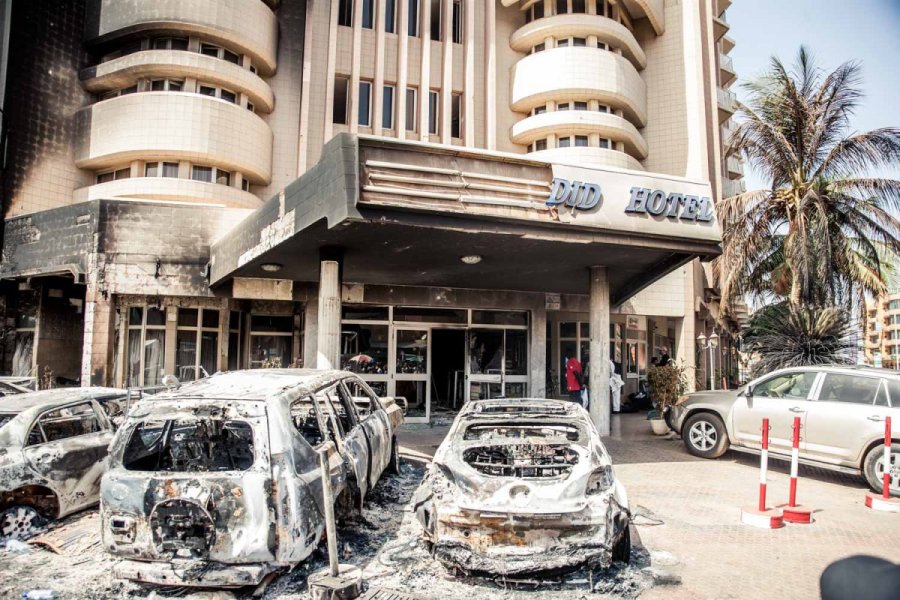
The assault followed a similar raid in November 2015 on a Radisson Blu hotel in Bamako, Mali’s capital, which killed twenty people, including citizens of Russia, China and the US.
About 156 people inside the Splendid were held hostage, including Burkinabè government minister Clément Sawadogo, as a gun battle raged between the militants and the police for more than an hour. The battle moved on to a second hotel, the Yibi, before the hostages, many of them badly injured, were freed in a joint operation between French, local security forces, and according to some, US Special Forces.
Two days later, the prime ministers of Burkina Faso and Mali met and agreed to work together to counter the growing threat of Islamic militants in West Africa by sharing intelligence and conducting joint security patrols.
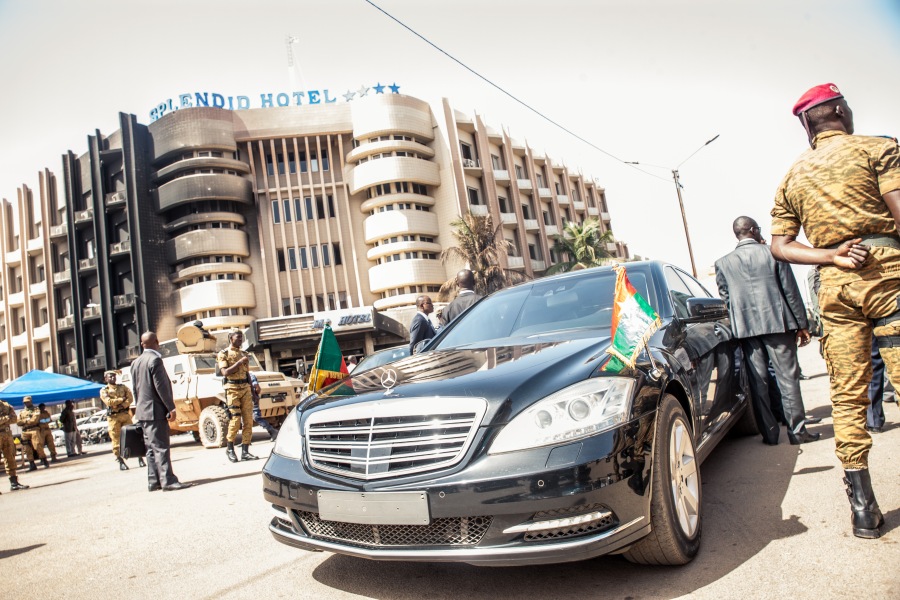
The exact details of the cooperation between Burkina Faso and Mali were not immediately clear, but patrols and intelligence-sharing mark an intent by both countries to prevent the spread of militancy as AQIM and others expand operations in the region beyond their usual reach.[5]
For years, Islamic militants have used northern Mali as a base, but over the past year they have staged a number of attacks in other parts of the country. Burkina Faso’s authorities are now concerned that its long desert border with Mali could become a transit point for militants.[6]
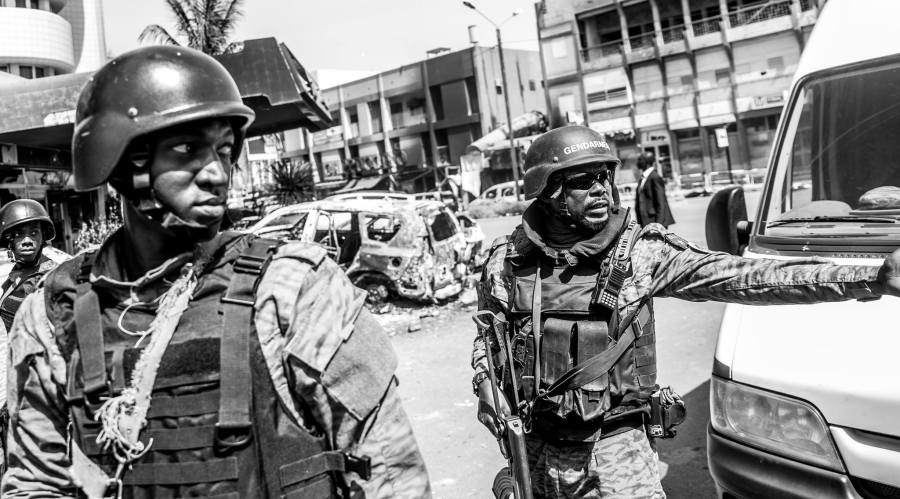
The most recent attacks also reveal that al Mourabitoune has begun selecting different kinds of targets and has adjusted its tactics accordingly. So why did the group of the infamous Mokhtar Belmokhtar undergo a dramatic shift from complex attacks in Northern Africa to simple ones in the Sahel?
According to some, the attack seemed designed to achieve only one thing: to catapult Belmokhtar and his group onto the international stage after three years of inactivity, and signal that he was still allied with al Qaeda, just not with AQIM.[7]
Political transition and fragility
The attack comes at a moment of political fragility for the country, which is coming out of a fragile transition following Blaise Compaoré’s October 2014 downfall. After trying to engineer a constitutional amendment to stay in power, Burkina Faso’s President Blaise Compaoré, after 27 years in office, was ousted in October 2014 by a popular uprising.
A transitional government was put in place, but it did not have the support of Compaore’s elite presidential guard (RSP). The presidential guard staged a coup in September that lasted only a week and caused the election, originally scheduled for October, to be postponed
Late November 2015, millions of Burkinabè people lined up at the polling stations to cast their ballots in the presidential and legislative elections. The vote was considered by some to be the most democratic in Burkina Faso’s history, because no incumbent was on the ballot paper and the presidential guard (RSP) had been dissolved.
Roch Marc Christian Kaboré’s victory in the 29 November presidential election shows that Burkinabès aspire as much to change as to continuity. A former heir apparent to Blaise Compaoré and former banker, Kaboré, symbolises both the stability of the former regime and, given his split from Compaoré, the desire for change.
Despite the peaceful elections, the country, with a population of 18m, is not immune to future trouble as it opens a new chapter of its history, International Crisis Group reported one week before the 15 January terror attacks. The presence of violent extremist groups in neighbouring countries will remain a challenge. The October 2015 attack on a gendarmerie post in the west of the country, the first of its kind in Burkina Faso, is evidence of the worsening security environment.
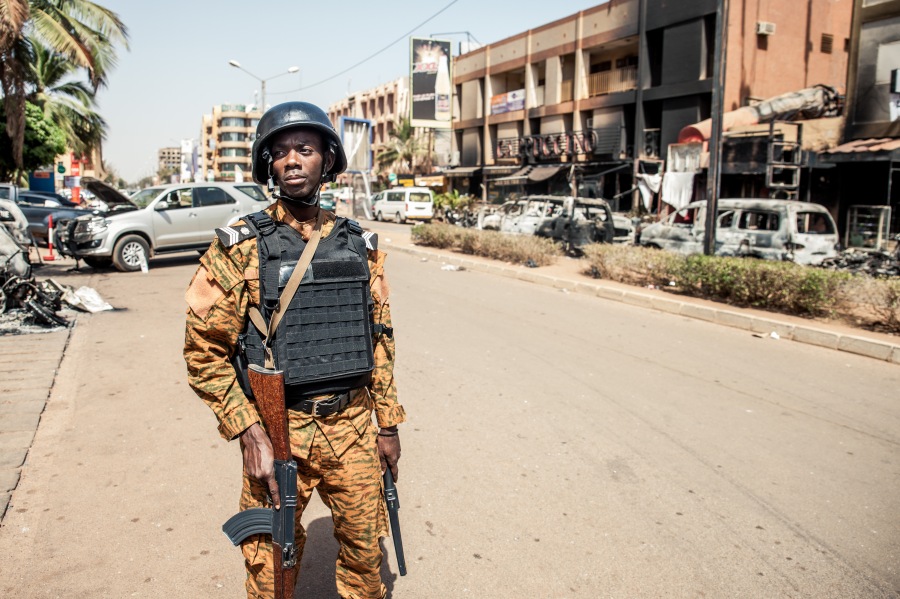
The government will now have to refrain from triumphalism, recognise the formidable challenges ahead and, most importantly, resist the temptation to recreate a Compaoré-like system of one-party hegemony. Without this, the Burkinabès will massively return to the streets, as in October 2014 and September 2015, which could plunge the country back into crisis.[8]
Conclusion
The January 2015 attacks in Istanbul, Jakarta and Ouagadougou, Burkina Faso’s capital, where over thirty people were killed in a series of assaults, have heightened fears over the rise of violent extremism not only in the world’s largest Muslim majority country but around the world. It underlines the apparent ubiquity of the menace that Islamic State, al Qaida and their affiliated organisations pose today.[9]
The international community is making some military efforts to counter these various factors. However, the emerging pattern of a strongly militarised response to radicalisation and violent extremism and its negative implications for the democratic control of the security forces is likely to spread and intensify. Analysts now fear this approach will undermine civil liberties, democratisation and the tenuous progress made in transforming the security sector.[10]
[1] “Isis Inc: how oil fuels the jihadi terrorists”, Financial Times, 14 October 2015.
[2] “Al-Shabaab attacks Kenyan soldiers in Somalia army base”, Financial Times, 15 January 2016.
[3] Nnamdi Obasi, “New Risks on Nigeria’s Shiite Fault Line”, In Pursuit of Peace, 16 December 2015.
[4] Jean-Hervé Jezequel, “What Could Be Behind the Bamako Attack?”, In Pursuit of Peace, 20 November 2015.
[5] “Mali and Burkina Faso to share counter-terror efforts after Islamist attacks”, Guardian, 17 January 2016.
[6] Christophe Châtelot, “L’attaque d’AQMI à Ouagadougou : la fin de l’exception burkinabé face au terrorisme”, Le Monde, 16 January 2016.
[7] Geoff D. Porter, “The Drone War Goes Awry in Africa”, Foreign Policy, 20 January 2016.
[8] International Crisis Group, “Burkina Faso: transition acte II”, Crisis Group Briefing No. 116, 7 January 2016.
[9] Jason Burke, “Burkina Faso attack signals spread of Islamist menace”, Guardian, 16 January 2016.
[10] [book] James Gow, Funmi Olonisakin and Ernst Dijxhoorn, “Militancy and Violence in West Africa: Religion, Politics and Radicalisation”, Routlegde, 2013.
